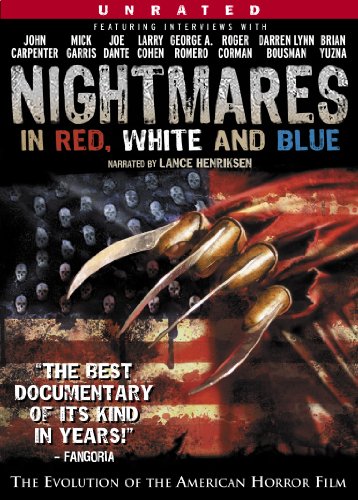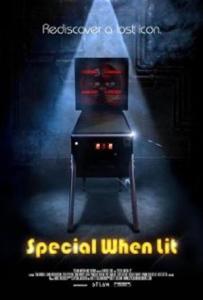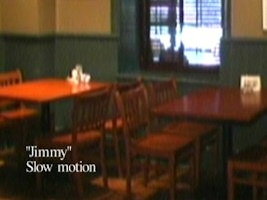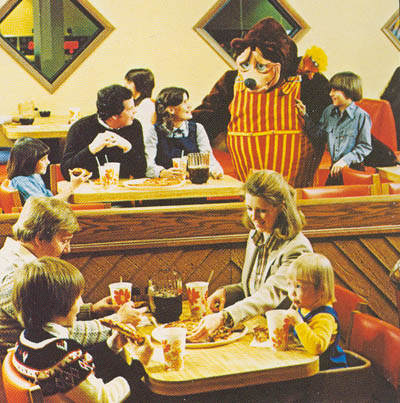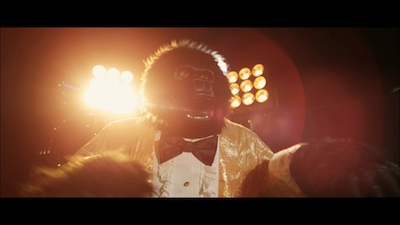The Adventures of Pete & Pete is the best kids show from the mid 1990s. Well, at least it's my favorite. It's even better watching as an adult. Now, I understand how creative the show was; how they used classic film references in their dialog, lighting, and mise-en-scène. There are moments that get pretty intense. You can tell film noir was a huge inspiration to the directors. It makes it fun for the kids because it adds a level of seriousness to the simple conflicts in the show. At once it gives credence to what kids care about and what they deem to be important issues at their age, and it is as unavoidably silly as a parody in a Bugs Bunny cartoon.
In retrospect, my favorite characters were the bullies. Ask 8 year-old Laura, and you might have gotten a different answer. (Bullies are mean, I like Artie). But the bullies had the most depth, and let's face it, were the most bad-ass. The bullies amassed like cold-hearted gangsters, with monikers and all.
Three of my favorite episodes that occurred in the third season (which there is an indefinite hold on the dvd release - write to your congressmen) involve the best skirmishes with bullies.
In 35 Hours Older Pete turns to his nemesis Endless Mike Hellstrom as a last ditch effort to remove the lovely family Little Pete sold their parent's house to while they were on vacation. After being swayed with the promise of Neopolitain ice cream, we see Endless Mike break down the front door wielding an axe. He shouts, "Welcome!... to my nightmare!" like a freakin' serial killer. How did this get on kids TV? Ah the 90s, the good old days. Also Patty Hurst is in this one, so that's awesome.
[Handing Pete a kidney]"Say hello to my kidney, three pounds four ounces" In the weigh-in scene, Endless Mike goes as far as to remove one of his molars to be in Big Pete's weight class. Again, how was this on kid's TV?
In this Little Pete centered story, Dance Fever, bully Pit Stain, antagonizes Pete when he finds out that Pete is afraid to dance at the school dance. One of my favorite lines that makes me laugh out loud in it's absurdity is said by Pit Stain near the end of the episode.
"Dancing is so easy... you just get out there and ruin your life."
This line paired with the music and the tension of Pit Stain walking closer and closer to Little Pete makes the scene ludicrously dramatic, but that's the beauty of it. As a kid you feel like it's that big of a deal.
Also Luscious Jackson play the band providing the tunes for this middle school dance. Let's not forget Iggy Pop as Nona's enthusiastic dad, and that brief appearance by Laurisa Oleynik as a nurse. I vividly remember the commercial bump for that mind-blowing Nickelodeon cross-series cameo made by Alex Mac. This episode is a perfect time capsule for the mid 90s.
It's the kind of show that I watch now, and feel blessed that I grew up with its influence. Makes me feel a little better about being glued to the TV as a kid. I hope you enjoy these videos and it inspires you to watch the whole series.
















